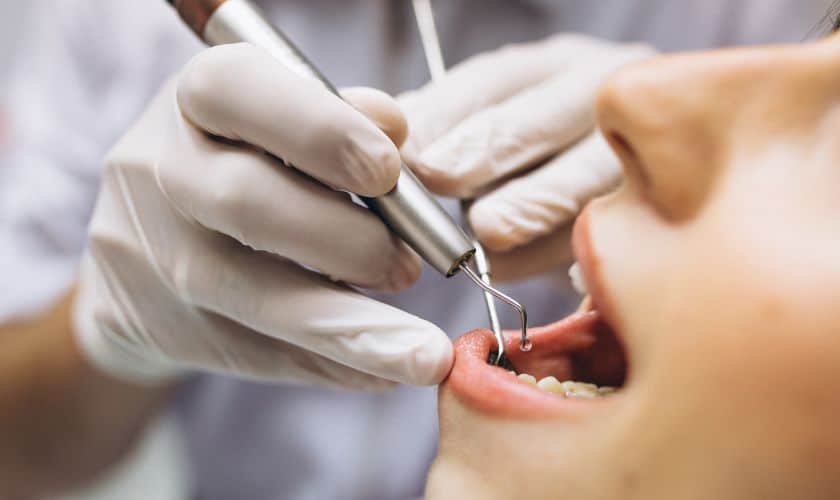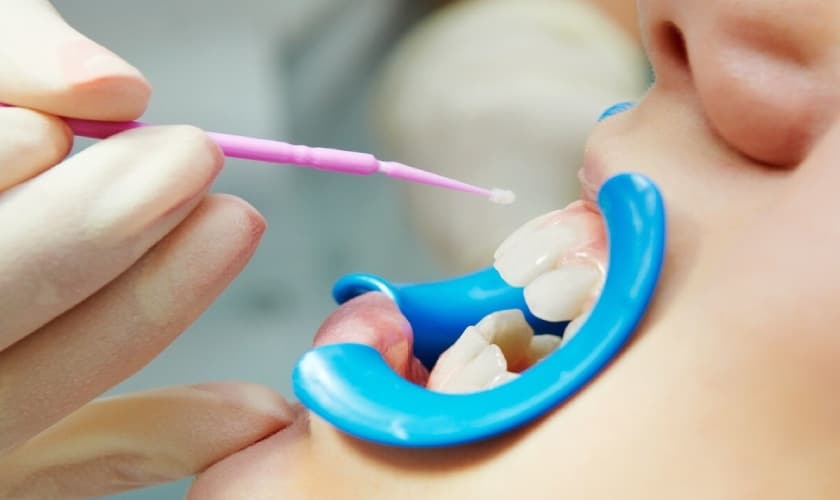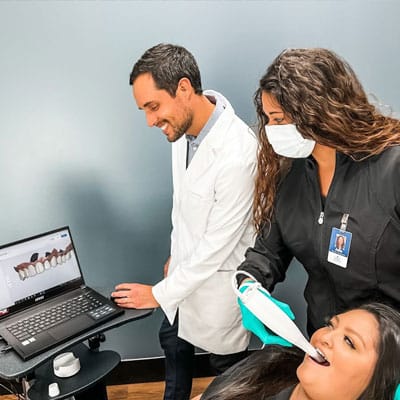
Are you tired of constantly dealing with cavities and tooth decay? Well, dental sealants might just be your saving grace! Dental sealants are a protective coating that is applied to the chewing surfaces of teeth to prevent bacteria from getting into the grooves and causing decay. However, like any dental treatment, proper aftercare is crucial for ensuring its longevity and effectiveness. In this blog post, we’ll provide you with 4 essential tips for taking care of your dental sealants so that you can keep those pearly whites healthy and cavity-free!
Why Dental Sealants Matter
Dental sealants are a protective coating that is applied to the teeth. It is a great way to prevent cavities and tooth decay, especially in children. The material used for dental sealants is usually a plastic resin that bonds to the teeth, creating an extra layer of protection against bacteria and acids that cause tooth decay.
The main benefit of dental sealants is their ability to prevent cavities by blocking out food particles and bacteria from getting stuck in hard-to-reach areas of your teeth. This makes them particularly useful on molars where grooves or pits can easily trap food particles.
Dental sealants are also an excellent option for those who have trouble brushing effectively due to orthodontic appliances like braces or crowding of the teeth. They act as an additional barrier against plaque buildup, protecting your teeth from damage.
Another reason why dental sealants matter is because they are painless and non-invasive. Unlike other dental procedures, there’s no drilling or anesthesia involved in applying them which means they’re quick and easy with minimal discomfort.
It’s clear why dental sealants matter when it comes to maintaining good oral hygiene and preventing cavities – they provide long-lasting protection without any major downsides!
How To Brush And Floss After Dental Sealant Treatment
After getting dental sealants, it is important to maintain good oral hygiene to ensure their longevity. Brushing and flossing are crucial in preventing tooth decay and maintaining healthy teeth.
When brushing, use a soft-bristled toothbrush and fluoride toothpaste. Apply gentle pressure while brushing in circular motions for at least two minutes twice a day. Pay special attention to the areas where your sealants were placed as they can accumulate plaque if not cleaned properly.
Flossing should be done once a day to remove any food particles or plaque that may be stuck between the teeth. Be gentle when flossing around the sealants to avoid damaging them. If you find it difficult to floss, consider using an interdental cleaner or water flosser.
It is also important to rinse your mouth with water after eating sugary or acidic foods as they can weaken the enamel of your teeth and affect the longevity of your sealants.
By following these simple steps, you can ensure that your dental sealants stay intact for years to come while maintaining optimal oral health.
What To Eat And Drink After Dental Sealant Treatment
After getting dental sealant treatment, it’s important to take care of your teeth by making healthy food choices. For the first few hours after treatment, avoid eating or drinking anything besides water. This gives the sealant time to fully bond with your teeth.
Once the initial waiting period is over, you can resume your normal diet but try to choose foods that are good for your oral health. Foods high in calcium and phosphorus like dairy products, leafy greens, and nuts help strengthen tooth enamel. Avoid sugary drinks like soda and juice as they can contribute to tooth decay.
Foods that require a lot of chewing such as apples and carrots can also help promote oral health by stimulating saliva production which helps neutralize acids in the mouth.
If you do indulge in sugary treats or acidic foods occasionally, make sure to rinse your mouth out with water afterward or brush if possible to minimize their impact on your dental health.
By following these dietary tips after getting dental sealants, you’ll be doing everything possible to ensure long-lasting protection against cavities.
Tips For Preventing Tooth Decay After Treatment
After undergoing dental sealant treatment, it is important to maintain good oral hygiene practices to prevent tooth decay. Here are some tips for preventing tooth decay after treatment.
Firstly, maintain a balanced and healthy diet that is rich in vitamins and minerals. Avoid sugary or acidic foods and drinks as they can erode the enamel of your teeth, making them more susceptible to cavities.
Secondly, brush twice daily with fluoride toothpaste to remove any food particles or plaque that may have accumulated on the surface of your teeth. Use a soft-bristled toothbrush and brush gently in circular motions.
Thirdly, floss at least once a day to remove any debris from between your teeth that your toothbrush cannot reach. This helps prevent the buildup of bacteria which can lead to plaque formation.
Ensure regular visits to the dentist every six months for cleanings and check-ups. This will help detect any early signs of tooth decay or other dental problems before they escalate into bigger issues.
By following these simple tips regularly after dental sealant treatment, you can enjoy long-term benefits such as better oral health and protection against future cavities.
Finishing Off
Taking care of your dental sealants after treatment is crucial to ensuring their longevity and effectiveness. But there are a few additional tips that can help you maintain excellent oral health overall.
First, remember to schedule regular dental check-ups with your dentist. They will be able to monitor the condition of your sealants and make any necessary repairs or replacements if needed.
Secondly, consider investing in an electric toothbrush. These brushes have been proven to remove more plaque and bacteria than manual brushing alone, which can help prevent decay from forming under your sealants.
Thirdly, don’t forget about flossing! While it may seem like a chore, flossing is essential for removing food particles and plaque from between teeth that toothbrush bristles can’t reach.
Be mindful of any changes in the appearance or feel of your sealants. If you notice any cracks or chips or experience sensitivity around the treated area, contact your dentist right away for evaluation and repair if necessary.
By following these tips along with proper aftercare instructions for dental sealant treatment, you can enjoy long-lasting protection against tooth decay.









